Jakarta, a low-lying coastal city on the west side of Java, has risen from second place to replace Tokyo, which once topped the rankings with 33.4 million people but now falls to third. Dhaka has jumped from ninth to second and is expected to become the world's largest city by 2050.
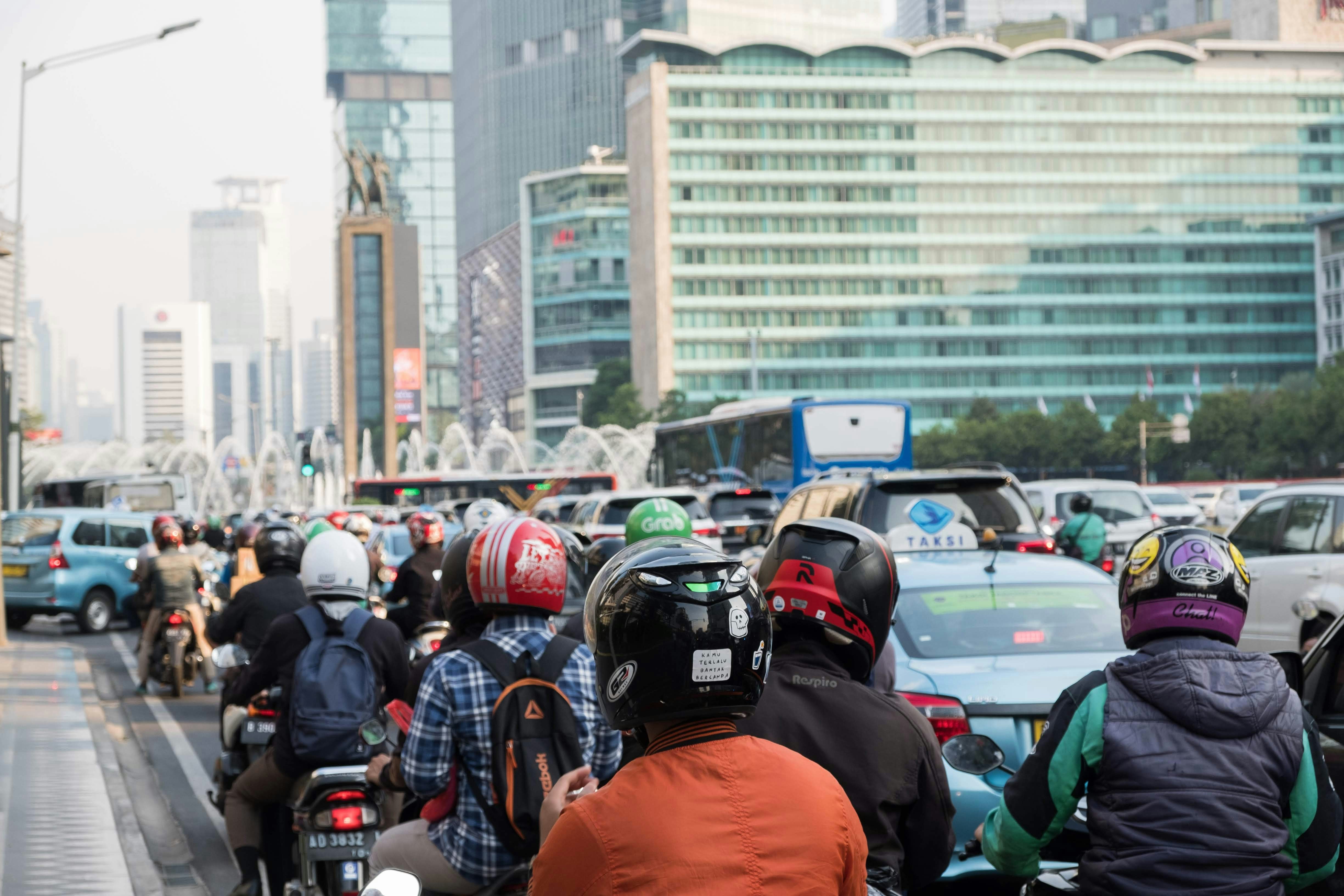
The United Nations World Urbanization Prospects 2025 report also shows that the number of megacities - urban areas with more than 10 million people - is now 33, four times the number in 1975. Asia dominates with 19 of the 33 megacities and nine of the 10 most populous cities in the world. In addition to Jakarta, Dhaka and Tokyo, Asian megacities in the top 10 include: New Delhi (30.2 million), Shanghai (29.6 million), Guangzhou (27.6 million), Manila (24.7 million), Kolkata (22.5 million) and Seoul (22.5 million).
Cairo (Egypt) is the only non-Asian city in the top 10 with 32 million inhabitants. Sao Paulo (Brazil, 18.9 million) leads the Americas, while Lagos (Nigeria) continues to grow rapidly and become the largest urban area in the sub-Saharan region.
Dhaka’s rapid growth is largely driven by rural migration seeking opportunities or leaving areas vulnerable to flooding and rising sea levels due to climate change. Jakarta is also at risk from rising sea levels, with a quarter of the city forecast to be submerged by 2050.
In response, the Indonesian government is building a new capital in Nusantara, East Kalimantan province, on the island of Borneo. However, the United Nations predicts that Jakarta will still have 10 million more residents by 2050. The large population also poses pressures on inequality and affordability, with thousands protesting against living conditions, especially for low-income workers.
Meanwhile, Tehran (Iran) currently has 9 million people and is facing a serious water shortage.
Source: https://congluan.vn/jakarta-surpasses-dhaka-and-tokyo-tro-thanh-sieu-do-thi-dong-dan-nhat-the-gioi-10319377.html





![[Photo] Close-up of heavy damage at the school located on the banks of the Ban Thach River](/_next/image?url=https%3A%2F%2Fvphoto.vietnam.vn%2Fthumb%2F1200x675%2Fvietnam%2Fresource%2FIMAGE%2F2025%2F11%2F26%2F1764152130492_ndo_bl_img-8188-8805-jpg.webp&w=3840&q=75)












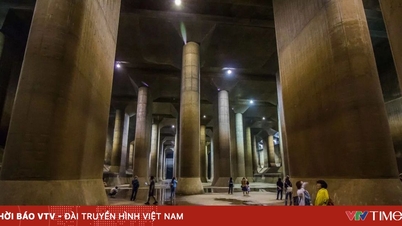

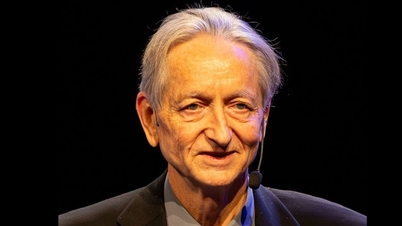
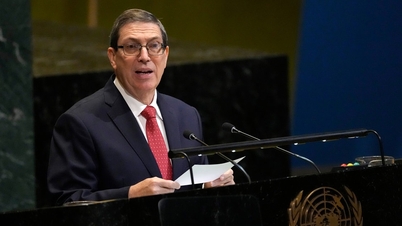
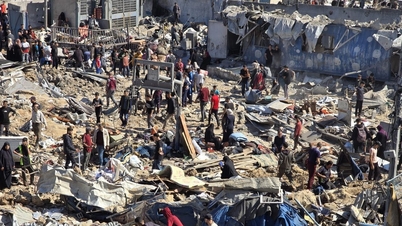
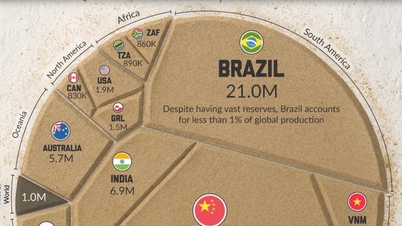










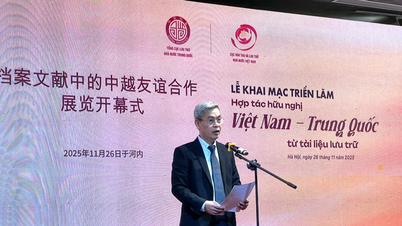
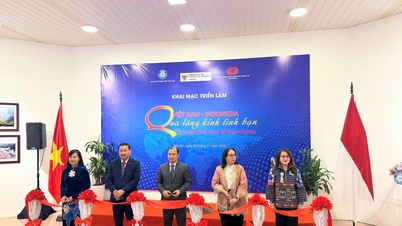



























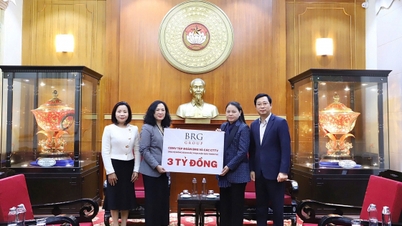











![[Photo] Opening of the 28th Session of the Hanoi People's Council](https://vphoto.vietnam.vn/thumb/402x226/vietnam/resource/IMAGE/2025/11/26/1764155991133_image.jpeg)


















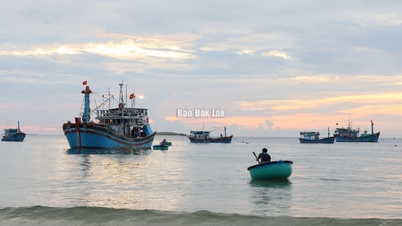













Comment (0)